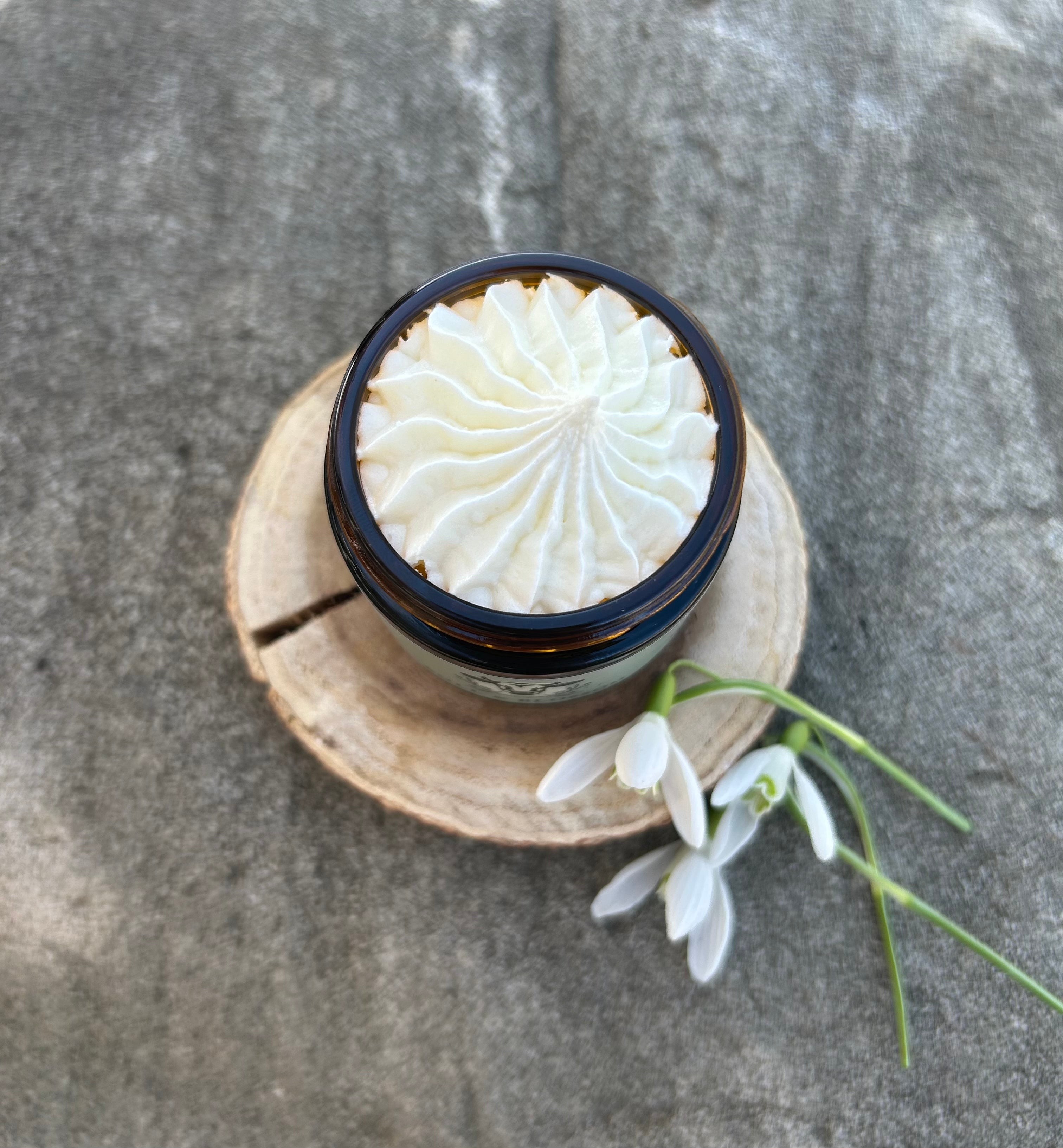
Frequently Asked Questions
Where do you get your tallow from?
We render our tallow in house and source our suet (what tallow is made of) from grass-fed and finished cows on a local family farm, which practices sustainable, regenerative agriculture. We take pride in knowing exactly where our tallow is sourced and to take part in supporting the ethical and intentional farming practices from start to harvest.
See more information about the farm and check out the herd visti them on instagram- @wngd.farms
Does tallow smell like beef?
Thankfully you are not going to be walking around smelling like beef fat. Tallow has a natural smell to it but we dry render our tallow on an extremely low temperature to prevent strong odor. We are meticulous in our rendering process, choosing a more gentle approach over a time efficient approach to preserve all the goodness tallow has.
Why is the consistency of my tallow different from my last jar?
Our tallow products are all natural, with non-toxic ingredients, preservatives, etc. The color, scent, and consistency of our products may vary from batch to batch. This is characteristic of any truly natural product. Tallow can also vary according to the season, the animal, and other conditions. Tallow is also a heat sensitive product. Therefore it can be harder in lower temperatures and softer in higher temperatures. However, we can assure you that we use the exact same ingredients and method each time and it does not affect the effectiveness and goodness of the tallow products.
Why do you use Jojoba oil in your products?
Although our products are primarily tallow, we do use jojoba oil as a secondary ingredient in our products. Like tallow, Jojoba is nearly bio-identical to our skin’s sebum. Although Jojoba is a more expensive oil, other oils popularly seen in tallow products (olive oil, coconut oil, etc) can easily clog pores. We believe it is worth it for the non-comedogenic properties jojoba has over those other oils. Jojoba oil will quickly absorb into your skin and is beneficial for all skin types including acne-prone skin.
Does your tallow go through a purification process?
After much research we are passionate about doing a dry rendering process instead of wet rendering. Dry rendering involves gentle heating the suet in the absence of water, while wet rendering involves boiling the fat multiple times in water and often times salt. You have to heat it multiple times to make sure all the water is evaporated. The main reason wet rendering (purifying) is chosen is for time efficiency and to make tallow appear whiter and remove any of the natural smell tallow has. However, we want to preserve the goodness of tallow. This means tallow should look and smell like tallow. The more we remove and mess with tallow the more we change the composition of tallow. Tallow has too much natural goodness to change.
We believe dry rendering has several benefits over the wet rendering (purifying) process. First, dry rendering is gentle. With a gentle, slow heating we are preserving its natural nutrients. While wet rendering requires multiple heatings and disrupts and diminishes the fatty acid composition. The balanced fatty acid composition in tallow is GOLD for your skin. Next, tallow is generally naturally shelf stable. Dry rendering tallow means there is less risk of microbial contamination and growth. When you introduce water through the wet-rendering process you are introducing the chance for mold and microbial growth. While both dry rendering and wet rendering are viable methods for producing tallow and much better than any synthetic alternatives, we choose dry rendering for its superior ability to preserve quality and nutrients tallow naturally has.
A great resource to learn more about dry rendering can be found through Jennifer at Grassland Beauty. Her blog shares great information on dry rendering, including test results!
